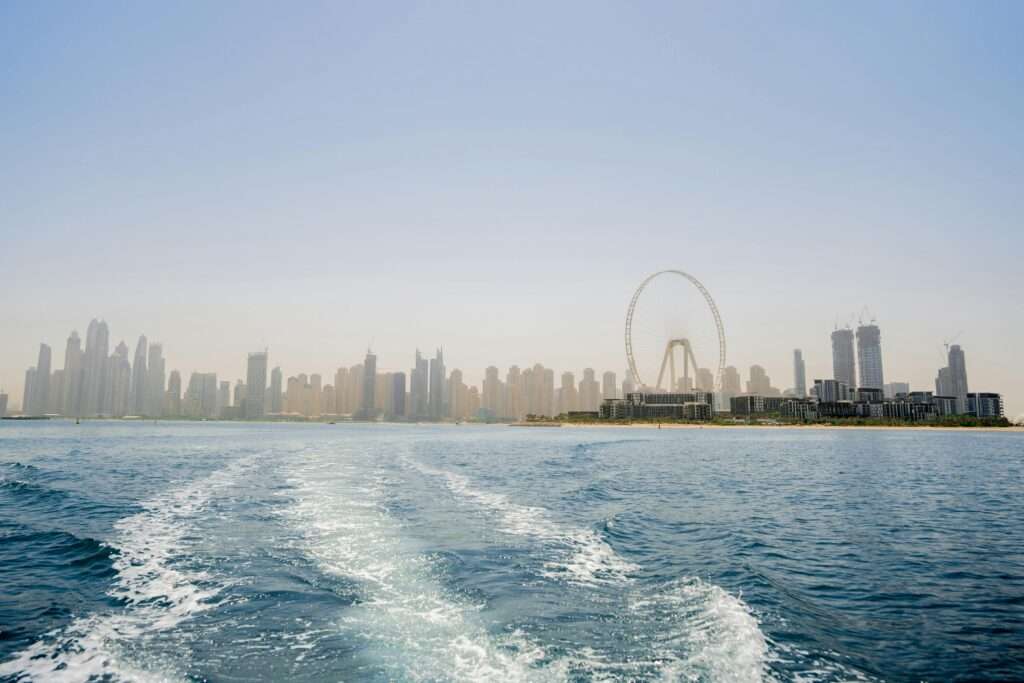Saudi Arabia Driving Guide International Drivers License
Driving in Saudi Arabia is subject to strict laws and regulations. The country boasts extensive road networks and modern infrastructure, which makes driving a convenient means of travel. However, it’s crucial to familiarize yourself with the local driving customs and rules. Below is a comprehensive guide for driving in Saudi Arabia: Saudi Arabia Driving Guide International Drivers License, IDP apply online Saudi , International Driving Permit Saudi, International Driving licence Saudi, International Driving license Saudi
1. Driving Requirements
– Residents: Individuals living in Saudi Arabia must acquire a Saudi driving license, regardless of gender, following the permission for women to drive that was granted in June 2018.
– Visitors: Tourists and short-term visitors can drive using an International Driving Permit (IDP) alongside a valid driver’s license from their home country. This is valid for a period of up to three months.
How to Obtain a Saudi Driving License (For Residents):
– Eligibility: Applicants must be a minimum of 18 years old for a private license and 20 years old for a public license.
– Required Documents:
– Residence permit (Iqama).
– Passport-sized photos.
– Completed application form.
– Medical fitness certificate, often including an eye test.
– Valid foreign driving license (if applicable).
– Driving Test: If you do not possess a license from a country that permits direct exchange, you will need to pass a driving test in Saudi Arabia, comprising a written exam and a practical road test.
Driving Laws in Saudi Arabia
Basic Road Rules:
– Drive on the right-hand side of the road.
– Seat belts are mandatory for all occupants in the vehicle.
– Mobile phone use while driving is strictly prohibited, unless utilized with a hands-free device.
– Speed limits vary according to location:
– Urban areas: 50-60 km/h (31-37 mph).
– Highways: 120 km/h (75 mph).
– Speed limits may vary in some areas, with clearly posted signs.
Alcohol and Driving:
– Alcohol is strictly prohibited in Saudi Arabia, and driving under the influence of alcohol carries severe penalties, including imprisonment and heavy fines.
Driving Under Harsh Weather Conditions:
– Heat: Saudi Arabia experiences extreme heat, particularly during the summer months, so it is important to ensure that your car’s air conditioning is in proper working condition.
– Sandstorms: Common, especially in desert regions, these can significantly reduce visibility. In the event of a sandstorm, reduce speed and use fog lights.
Road Infrastructure
Highways:
– Saudi Arabia boasts a well-established network of highways connecting major cities such as Riyadh, Jeddah, and Dammam.
– Many highways are toll roads (marked as “M”), especially on routes leading to and from major cities. Tolls can usually be paid via cash or electronic systems.
City Roads:
– Major cities like Riyadh, Jeddah, and Dammam feature modern road systems, but traffic congestion can be substantial, particularly during peak hours.
4. Speed Cameras and Fines:
– Speed cameras are commonly found throughout the country, and fines for speeding can be automatically issued. It is important to adhere to the posted speed limits to avoid hefty fines.
– Fines for common violations include:
– Speeding: Fines start from 150 SAR and increase based on the severity.
– Running a red light: Fine can be up to 3,000 SAR.
– Using a mobile phone: Fines can be up to 500 SAR.
– Violations are monitored through the Saher traffic system, and it is possible to check and pay fines online.
5. Car Insurance:
– Third-party insurance is compulsory in Saudi Arabia, covering damage to other vehicles in case of an accident.
– Comprehensive insurance is optional but advisable, especially for new or valuable vehicles, as it covers damage to your car as well as third-party damage.
6. Parking:
– Parking is generally available in most public areas, shopping centers, and residential areas.
– Caution should be exercised when parking to avoid fines or having your vehicle towed due to illegal parking.
– Some urban areas have paid parking zones, and payment can be made at machines or via mobile apps.
7. Women Driving in Saudi Arabia:
– Since June 24, 2018, women have been permitted to drive in Saudi Arabia, marking a significant legal change.
– Women can apply for a Saudi driver’s license, receive driving lessons, and utilize the same roads and highways as men.
– Female residents and citizens have access to driving schools specifically designed for women, where they can take driving lessons and apply for licenses.
8. Road Etiquette and Culture:
– Driving Culture: Drivers in Saudi Arabia can be assertive, especially in busy cities, with frequent lane changes without signaling and higher speeds on highways.
– Caution should be exercised at roundabouts, as right of way can be ambiguous.
– Pedestrian Crossings: Although designated, drivers do not always stop for pedestrians, so caution should be exercised when crossing streets.
9. Emergency Numbers and Roadside Assistance:
– Traffic police: Dial 993 for road-related incidents.
– General emergency services (police, ambulance, fire): Dial 911.
– Roadside assistance: Many insurance companies offer roadside assistance, and services like WASIL or NITCO provide help in case of breakdowns.

10. Fuel Stations and Costs:
– Fuel is relatively inexpensive in Saudi Arabia compared to global standards, with gasoline (petrol) and diesel widely available.
– Petrol stations are plentiful, especially along highways, and accept cash and cards.
11. Important Tips:
– Traffic congestion: Rush hours in major cities, especially in Riyadh and Jeddah, occur from 7:00-9:00 AM and 4:00-6:00 PM, leading to heavy traffic.
What you need to rent a car, and how to rent one
As a tourist, you’ll most likely be renting a car (more on that in a bit) for your road trip. Even so, there are certain requirements that you’ll have to check off before you get into it.
- You have to get an International Driver’s Permit. Apply for it online or head to the office — we prefer doing it in person because the queue is pretty short during off-peak hours, and you can get it done on the same day. It’ll cost S$20 and is valid for one year from the date of issue.
- A valid local driver’s license. international driving licence online
- You have to be at least 21 years of age and have held your local licence for a year. A surcharge may be imposed for drivers under the age of 25.
- A passport for identification .
- A credit card in the driver’s name.
How to obtain an international driving permit

The process of obtaining an international driving license directly from an office can be quite challenging and time-consuming. The payment methods involved can also be complex. Therefore, it is recommended to consider applying for an international driving license from IMTA. The application process only takes around 10 to 15 minutes, making it a more efficient option for getting your international driving permit
The necessary details required for the application of an International driving permit include:
– Full Name
– Email & Phone Number
– Current Address
– Place of Birth
– National Driver’s License Number
– National Driver’s License Issued Date & Expiry Date
– Picture of Driver’s License & Your Head Shot Photo for Your IDP
 Saudi Arabia Driving Guide International Drivers License, IDP apply online Saudi , International Driving Permit Saudi, International Driving licence Saudi, International Driving license Saudi, Saudi Arabia Driving Guide International Drivers License, IDP apply online Saudi , International Driving Permit Saudi, International Driving licence Saudi, International Driving license Saudi
Saudi Arabia Driving Guide International Drivers License, IDP apply online Saudi , International Driving Permit Saudi, International Driving licence Saudi, International Driving license Saudi, Saudi Arabia Driving Guide International Drivers License, IDP apply online Saudi , International Driving Permit Saudi, International Driving licence Saudi, International Driving license Saudi





